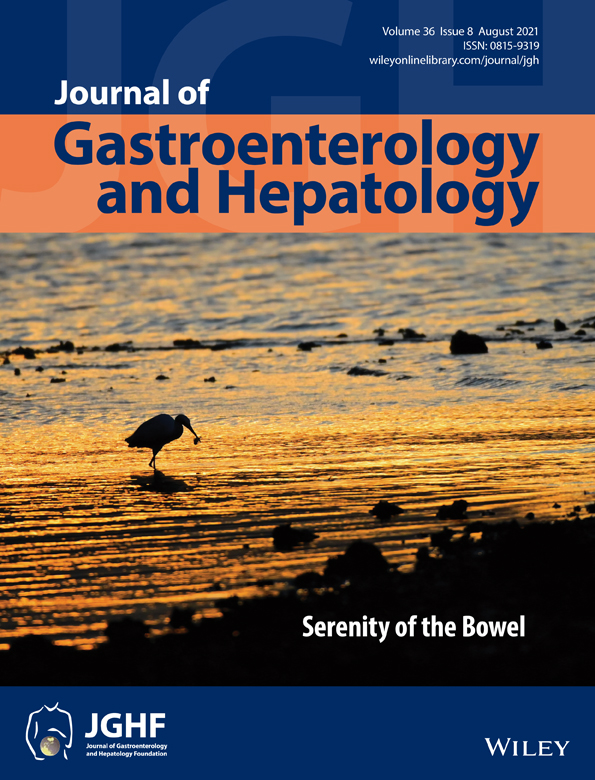Community screening identifies undiagnosed chronic liver disease in high-risk populations
Declaration of conflict of interest: The authors declare no relevant disclosures. The authors declare no conflicts of interest.
Abstract
Background and Aim
Liver cirrhosis is the primary risk factor for the development of hepatocellular carcinoma. Most conditions that lead to cirrhosis are treatable, or modifiable. Therefore, a community-based screening program targeting high-risk groups was designed for early diagnosis and intervention of liver disease, to offset the rising burden of hepatocellular carcinoma in Australia.
Methods
Two nurse consultants from a tertiary liver center performed community screening of pre-identified cohorts at risk of viral hepatitis and chronic liver disease, with transient elastography and/or serology testing for chronic hepatitis B virus (HBV) and hepatitis C virus (HCV), in addition to standard blood tests. A positive screening result was defined as any of the following: liver stiffness measurement (LSM) ≥ 9.5 kPa, positive HCV RNA, or positive HBV surface antigen. Individuals who screened positive were linked to the liver center for management.
Results
Nine hundred and twenty-six subjects were screened over a 6-year period, of which 122/926 (13.2%) had evidence of chronic liver disease. Chronic viral hepatitis was diagnosed in 91 participants (HBV = 23, HCV = 67, and co-infection = 1), while non-alcoholic fatty liver disease was diagnosed in 14 participants. Advanced fibrosis (LSM ≥ 9.5 kPa) was detected in 42/866 (4.9%) subjects with available LSM. Loss to follow-up occurred in 36/91 (39.6%) participants with chronic viral hepatitis.
Conclusions
Targeting high-risk populations for community screening and intervention increases early identification of chronic liver disease. This may reduce the incidence of liver cirrhosis and hepatocellular carcinoma. Loss to follow-up remains an ongoing challenge, requiring better strategies.




